Home>Garden Essentials>What Do You Put Under Fake Grass
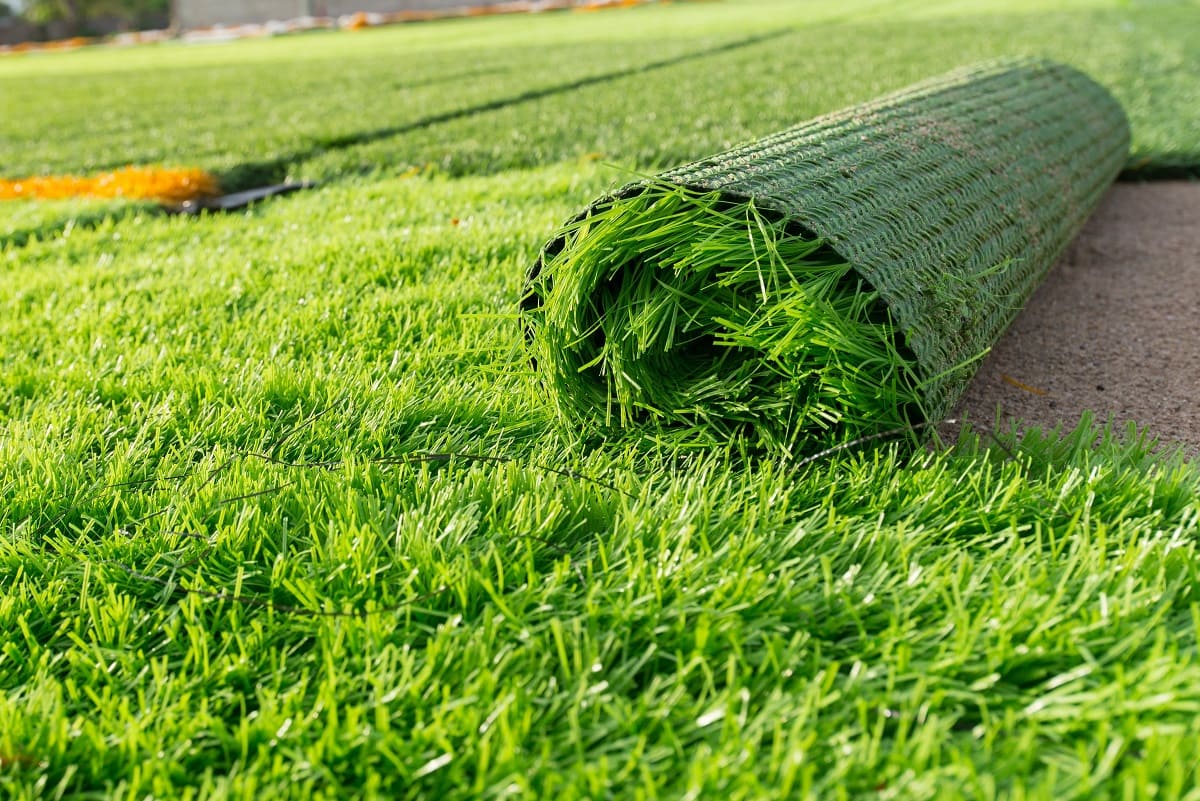

Garden Essentials
What Do You Put Under Fake Grass
Modified: September 1, 2024
Looking for what to put under fake grass in your garden? Discover the best options for a flawless and long-lasting artificial turf installation.
(Many of the links in this article redirect to a specific reviewed product. Your purchase of these products through affiliate links helps to generate commission for Storables.com, at no extra cost. Learn more)
Introduction
When it comes to installing fake grass, often referred to as artificial turf or synthetic grass, it’s important to consider what goes underneath. While the visual aspect of fake grass is important, ensuring its stability, drainage, and longevity should not be overlooked. Choosing the right materials to put under fake grass can make a significant difference in how well it performs and how long it lasts.
Whether you’re considering installing fake grass in your backyard, garden, or even on a commercial property, there are several important factors to consider when determining what to put underneath. The base layer underneath the artificial turf plays a crucial role in providing support, promoting good drainage, and preventing issues like weeds or uneven surfaces.
In this article, we’ll explore seven key considerations for what to put under fake grass to ensure a successful and long-lasting installation. From geotextile fabric to compacted subsoil, let’s dive into the details of each layer and its role in creating a stable and functional foundation for your fake grass.
Key Takeaways:
- Properly preparing the base for fake grass with layers like geotextile fabric, crushed stone, and sand ensures stability, drainage, and weed prevention, leading to a long-lasting and low-maintenance artificial turf.
- Incorporating optional layers like shock pads or foam underlays can enhance safety and comfort, making fake grass ideal for areas where impact absorption is a concern, such as playgrounds or sports fields.
Read more: What Do You Put Under Turf Grass
Considerations for Underneath Fake Grass
Before installing fake grass, it’s essential to understand the various components that should be considered for the base layer. These components not only provide stability and support but also facilitate proper drainage, prevent weed growth, and ensure the longevity of your artificial turf. Let’s explore the key considerations for what to put under fake grass:
- Geotextile Fabric: Geotextile fabric acts as a barrier between the subsoil and the base layers. It helps prevent weed growth, stabilizes the soil, and promotes proper water drainage. This fabric is installed directly on top of the subsoil.
- Drainage Layer: A drainage layer, typically made of crushed stone or gravel, is crucial for proper water drainage. It prevents water from accumulating underneath the fake grass, which can lead to a soggy and unstable surface. The drainage layer should be adequately compacted and sloped to ensure efficient water flow.
- Crushed Stone Base: The crushed stone base provides stability and support to the fake grass. It helps to prevent the turf from shifting or sinking over time. The size and thickness of the crushed stone will depend on the specific requirements of your project, such as the intended use of the area and the local climate conditions.
- Sand Layer: A layer of sand is often added on top of the crushed stone base. This helps to level the surface and provide additional stability for the fake grass. The sand should be evenly spread and compacted to create a smooth and sturdy base for the turf.
- Shock Pad or Foam Underlay: Depending on the intended use of the area, a shock pad or foam underlay can be added between the sand layer and the fake grass. This layer provides cushioning and additional shock absorption, making it ideal for areas where children or athletes will be playing. It helps to reduce the risk of injuries caused by falls.
- Weed Barrier: To prevent weed growth and ensure a low-maintenance artificial turf, a weed barrier should be installed on top of the sand layer. This barrier prevents weeds from penetrating the fake grass and eliminates the need for constant weeding or herbicide use.
- Compacted Subsoil: Before beginning the installation process, it’s important to ensure that the subsoil is properly compacted. This provides a firm foundation for the base layers and helps prevent any potential shifting or settling of the fake grass. Compacting the subsoil ensures a level and stable surface for your artificial turf.
By considering these factors and selecting the appropriate materials for each layer, you can create a solid foundation for your fake grass. This will not only enhance the longevity and performance of your artificial turf but also provide a safe and enjoyable surface for various activities.
Geotextile Fabric
The first layer to consider when installing fake grass is geotextile fabric. This fabric serves as a protective barrier between the subsoil and the base layers of the artificial turf. Its primary function is to prevent weed growth, stabilize the soil, and promote proper water drainage.
Geotextile fabric is typically made from synthetic materials such as polypropylene or polyester. It comes in various thicknesses and strengths, depending on the specific requirements of your project. The fabric is permeable, allowing water to pass through while preventing soil particles from migrating upwards. This helps maintain a stable and well-drained foundation for the fake grass.
During the installation process, the geotextile fabric is laid directly on top of the compacted subsoil. It acts as a barrier against weeds, preventing their roots from penetrating through the base layers of the artificial turf. This eliminates the need for constant weeding or the use of harmful herbicides, making your fake grass low-maintenance in the long run.
Additionally, geotextile fabric helps stabilize the soil, especially in areas with poor soil conditions. It prevents the subsoil from shifting or settling, ensuring a level and even surface for the fake grass. This is particularly important in areas with heavy foot traffic or where heavy objects, such as furniture or sports equipment, will be placed on the artificial turf.
Moreover, geotextile fabric promotes proper water drainage. It allows rainwater or irrigation water to filter through the layers beneath the fake grass, preventing water from accumulating and creating a soggy or unstable surface. Efficient water drainage helps prevent issues such as mold or mildew growth, which can be detrimental to the longevity of the artificial turf.
Overall, geotextile fabric is a crucial component in creating a stable and functional base for fake grass. It provides weed control, soil stabilization, and proper water drainage, ensuring the longevity and performance of your artificial turf.
Drainage Layer
The drainage layer is a vital component to consider when installing fake grass. Its primary purpose is to facilitate proper water drainage, preventing water from accumulating underneath the artificial turf and creating a soggy or unstable surface.
A drainage layer is typically made up of crushed stone or gravel, which allows water to freely flow through it. The size and thickness of the drainage layer will depend on factors such as the climate, the intended use of the area, and the type of soil present.
During the installation process, after laying the geotextile fabric, the drainage layer is added on top. It should be properly compacted to ensure stability and to prevent settling over time. Additionally, the drainage layer should be sloped slightly away from any structures or boundaries to ensure water flows away from the area.
One of the main advantages of having a drainage layer is its ability to effectively manage water. It prevents water from pooling or stagnating beneath the fake grass, which can lead to issues such as mold, mildew, and unpleasant odours. Proper drainage helps to maintain a dry and healthy surface for the artificial turf.
In areas with heavy rainfall or where the soil naturally retains water, a thicker drainage layer may be required to ensure efficient water flow. Conversely, in areas with well-draining soil, a thinner layer may be sufficient. It’s important to assess the specific drainage needs of your project to determine the appropriate thickness and type of drainage layer.
Incorporating a drainage layer also enhances the stability of the fake grass. It prevents the soil from becoming oversaturated, which can cause the artificial turf to shift or sink. By allowing excess water to quickly drain away, the drainage layer helps to maintain a firm and even surface for the artificial turf.
Overall, the drainage layer plays a crucial role in maintaining the integrity of fake grass. It promotes proper water drainage, prevents the accumulation of water, and helps to create a stable and long-lasting installation. By ensuring effective drainage, you can enjoy a dry and resilient artificial turf surface for years to come.
Crushed Stone Base
The crushed stone base is a fundamental component of the foundation for fake grass installations. It provides stability, support, and acts as a solid surface for the artificial turf to rest upon. The size and thickness of the crushed stone base will depend on the specific requirements of your project, including the intended use of the area and the local climate conditions.
Before adding the crushed stone base, it’s important to prepare the subsoil by removing any debris, rocks, or roots. This ensures a clean and even surface for the subsequent layers. Once the subsoil is prepared, the crushed stone base is spread and compacted to provide a solid foundation.
The crushed stone base plays a crucial role in preventing the fake grass from shifting or sinking over time. It helps distribute weight evenly across the surface, making it a stable and durable option. The thickness of the crushed stone base will depend on factors such as the anticipated foot traffic and the type of soil present. However, a general guideline is to have a minimum thickness of 2-4 inches.
In areas with poor soil conditions or heavy foot traffic, a thicker crushed stone base may be necessary to provide additional stability. The compacted nature of the base helps to prevent the artificial turf from sinking into the ground, especially during wet weather conditions.
Additionally, the crushed stone base supports proper drainage by allowing water to flow freely through it. It helps prevent the accumulation of water beneath the fake grass, which can lead to issues such as mold, mildew, or the development of unpleasant odors. Efficient drainage is crucial to the longevity and performance of the artificial turf.
Choosing the right type of crushed stone for the base is also important. Dense-grade crushed stone or crusher run is commonly used due to its excellent compactability and stability. This type of crushed stone has angular edges that interlock, providing a solid and cohesive base for the fake grass.
Overall, the crushed stone base is a critical layer in creating a stable and long-lasting installation for fake grass. Its role in providing support, stability, and proper drainage cannot be underestimated. By ensuring the proper thickness and compaction of the crushed stone base, you can enjoy a durable and resilient artificial turf surface for various activities.
Consider using a weed barrier fabric under fake grass to prevent weeds from growing through. This will help maintain a clean and low-maintenance artificial lawn.
Read more: What Do You Put Under Astro Turf
Sand Layer
The sand layer is an essential component of the base for fake grass installations. Its primary purpose is to provide stability, level the surface, and create a smooth and even foundation for the artificial turf.
After the crushed stone base is properly compacted, a layer of sand is added on top. The sand should be evenly spread across the surface and carefully leveled to ensure consistency. The thickness of the sand layer will depend on factors such as the type of artificial turf being installed and the specific requirements of your project.
One of the main advantages of the sand layer is its ability to help level the surface. It fills any small gaps or irregularities left by the crushed stone base, providing a smooth and even base for the fake grass. This helps to ensure a visually appealing and uniform appearance once the artificial turf is installed.
Moreover, the sand layer adds stability and firmness to the artificial turf, preventing it from shifting or moving. It acts as a solid buffer between the base layers and the fake grass, providing a secure foundation for various activities. The sand particles interlock with each other, creating stability and reducing the risk of the turf becoming uneven over time.
In addition to stability, the sand layer also helps to support proper drainage. It allows water to flow through the artificial turf and the layers beneath, preventing water from pooling or accumulating. This is particularly important in areas with heavy rainfall or in environments where efficient water drainage is essential for maintaining a dry and healthy surface.
The sand layer also provides some cushioning underfoot, making it more comfortable to walk or stand on the artificial turf. It helps absorb impact and reduces the risk of injury, especially in areas where children or athletes will be active. Additionally, the sand layer can help to prevent excessive wear and tear on the artificial turf by providing a soft buffer between the turf and the base layers.
Overall, the sand layer is an integral part of the base for fake grass installations. Its role in leveling the surface, providing stability, promoting proper drainage, and offering some cushioning makes it an important consideration in creating a durable and visually appealing artificial turf surface.
Shock Pad or Foam Underlay
A shock pad or foam underlay is an optional but beneficial layer to consider when installing fake grass, particularly in areas where safety and impact absorption are a concern. This layer provides additional cushioning and shock absorption, making it an ideal choice for playgrounds, sports fields, or areas where children or athletes will be active.
The shock pad or foam underlay is typically made of high-density foam or rubber materials. It is designed to provide a soft and forgiving surface, reducing the risk of injuries from falls, impacts, or rough play. The thickness and density of the padding will depend on the specific requirements of your project and the intended use of the area.
When installing the shock pad or foam underlay, it is placed on top of the sand layer and beneath the fake grass. It should be carefully sized to fit the area correctly, ensuring a seamless and uniform surface for the artificial turf. The edges of the padding should be securely fastened to prevent any movement or shifting.
The primary advantage of incorporating a shock pad or foam underlay is its ability to absorb impact and provide a softer landing surface. This is particularly important for areas where falls or collisions are more likely, such as playgrounds or sports fields. The padding helps reduce the risk of injuries, such as bruises or sprains, by cushioning falls and providing a safer playing environment.
Furthermore, the shock pad or foam underlay offers additional comfort underfoot. It provides a more forgiving surface, relieving pressure on joints and minimizing fatigue, making it more enjoyable for activities like running or playing sports. This added comfort enhances the overall experience of using the artificial turf.
In terms of maintenance, the shock pad or foam underlay can be easily cleaned and maintained alongside the fake grass. Regular brushing and occasional rinsing are usually sufficient to keep it in good condition. Additionally, make sure to follow the manufacturer’s guidelines for cleaning and maintenance to ensure the longevity of the padding.
While the shock pad or foam underlay is an optional layer, its benefits in terms of safety and comfort make it a worthy consideration. If you have specific requirements for impact absorption or if you want to create a more cushioned and comfortable surface, incorporating a shock pad or foam underlay can greatly enhance the performance and safety of your fake grass installation.
Weed Barrier
A weed barrier is an essential layer to consider when installing fake grass. Its primary function is to prevent the growth of weeds through the artificial turf, minimizing the need for constant maintenance and weed control.
A weed barrier is typically a geotextile fabric that is installed on top of the sand layer and beneath the fake grass. This fabric acts as a physical barrier, preventing weed seeds from germinating and penetrating through the artificial turf. It also helps to block sunlight, which is necessary for weed growth.
The weed barrier is effective at suppressing weed growth because of its durable and permeable nature. It is designed to allow for proper water drainage and air circulation while preventing the growth of unwanted plants. This ensures that your artificial turf stays weed-free and requires minimal upkeep.
By installing a weed barrier, you can significantly reduce the amount of time and effort spent on weed control. It eliminates the need for frequent weeding, herbicide application, or the use of chemical weed killers that can be harmful to the environment. This makes fake grass with a weed barrier a low-maintenance and eco-friendly alternative to natural grass.
Not only does the weed barrier prevent the growth of unsightly weeds, but it also helps to maintain the overall aesthetics of your artificial turf. This barrier ensures a clean and uniform appearance by preventing any unwanted plants or vegetation from taking root and disrupting the smooth surface of the fake grass.
When installing the weed barrier, it’s important to properly overlap and secure the edges to prevent any gaps where weed seeds can find their way through. Additionally, regular inspections and maintenance should be conducted to ensure that the weed barrier remains intact and effective over time.
Overall, a weed barrier is a crucial component when installing fake grass. Its primary role in preventing weed growth saves time and effort in maintenance, while also preserving the visual appeal and cleanliness of your artificial turf. By incorporating a weed barrier, you can enjoy a pristine and hassle-free synthetic lawn for years to come.
Compact Subsoil
The compact subsoil is the foundational layer for any fake grass installation. It forms the base upon which all the other layers are built, providing stability and a solid surface for the artificial turf.
Prior to starting the installation process, it’s important to prepare the subsoil appropriately. Clear the area of any vegetation, rocks, or debris, and ensure the surface is level. The subsoil should be compacted thoroughly to create a firm and stable foundation.
Compacting the subsoil is essential for preventing settling or shifting of the artificial turf over time. It helps to create a level surface, reducing the risk of unevenness or bumps in the fake grass. A properly compacted subsoil provides a solid base for the other layers to be added, ensuring the overall stability and longevity of the installation.
One method for compacting the subsoil is to use a plate compactor or a roller. These machines apply downward pressure to the surface, effectively compressing the subsoil and eliminating any voids or air pockets. Compaction should be performed in multiple passes, gradually increasing the pressure to achieve optimal density.
It’s important to note that the compaction process should be carried out when the subsoil is slightly damp, as moisture aids in achieving optimal compaction. However, be cautious not to overwater the subsoil, as excessive moisture can lead to soil erosion or instability.
In addition to promoting stability, compacting the subsoil also aids in proper water drainage. A compacted subsoil allows water to flow through the layers beneath the fake grass, preventing water from pooling or causing a waterlogged surface. This helps maintain an optimal drainage system for the artificial turf and prevents issues such as mold or mildew growth.
Although not visible in the final installation, a well-compacted subsoil is the solid groundwork that ensures the success of your fake grass project. Investing time and effort into proper subsoil preparation and compaction will contribute to a level, sturdy, and long-lasting artificial turf surface.
Read more: What Goes Under Fake Grass
Conclusion
Installing fake grass can transform your outdoor space, providing a lush and low-maintenance alternative to natural grass. However, to ensure a successful and long-lasting installation, it’s crucial to consider what goes underneath the artificial turf.
From geotextile fabric to compacted subsoil, each layer plays a vital role in creating a stable, functional, and visually appealing foundation. Let’s recap the key considerations for what to put under fake grass:
- Geotextile Fabric: This fabric acts as a weed barrier, stabilizes the soil, and promotes proper water drainage.
- Drainage Layer: A layer of crushed stone or gravel facilitates efficient water flow and prevents the accumulation of water beneath the fake grass.
- Crushed Stone Base: This base layer provides stability, prevents sinking or shifting, and distributes weight evenly across the surface.
- Sand Layer: The sand layer levels the surface, enhances stability, and supports proper water drainage.
- Shock Pad or Foam Underlay: Optional but beneficial, this layer provides cushioning and impact absorption, making it ideal for safety-conscious areas.
- Weed Barrier: The weed barrier prevents weed growth, reducing the need for constant maintenance and weed control.
- Compact Subsoil: A properly compacted subsoil serves as the foundation, ensuring stability, leveling the surface, and supporting proper drainage.
By considering these factors and selecting the appropriate materials for each layer, you can create a solid foundation for your fake grass. This will contribute to the overall stability, longevity, and performance of your artificial turf.
Remember, proper installation techniques and the use of high-quality materials are key to achieving a successful fake grass installation. If you’re unsure about the process or would like assistance, consulting with a professional landscaper or synthetic grass installer can help ensure the best results.
With careful consideration of what goes underneath, you can enjoy a beautiful, low-maintenance, and durable artificial turf for years to come. Whether it’s for your backyard, garden, or commercial space, investing in a solid foundation will provide you with a lush and hassle-free outdoor oasis.
Frequently Asked Questions about What Do You Put Under Fake Grass
Was this page helpful?
At Storables.com, we guarantee accurate and reliable information. Our content, validated by Expert Board Contributors, is crafted following stringent Editorial Policies. We're committed to providing you with well-researched, expert-backed insights for all your informational needs.
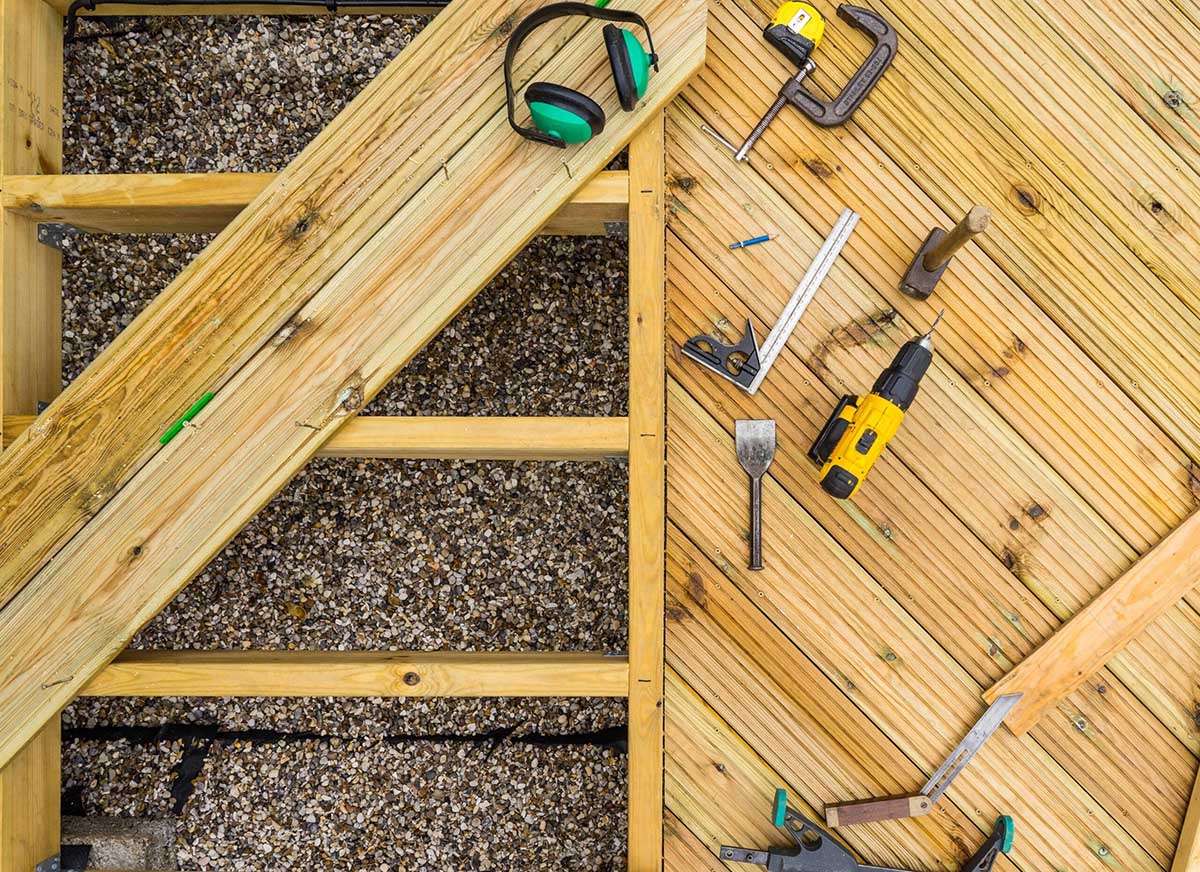
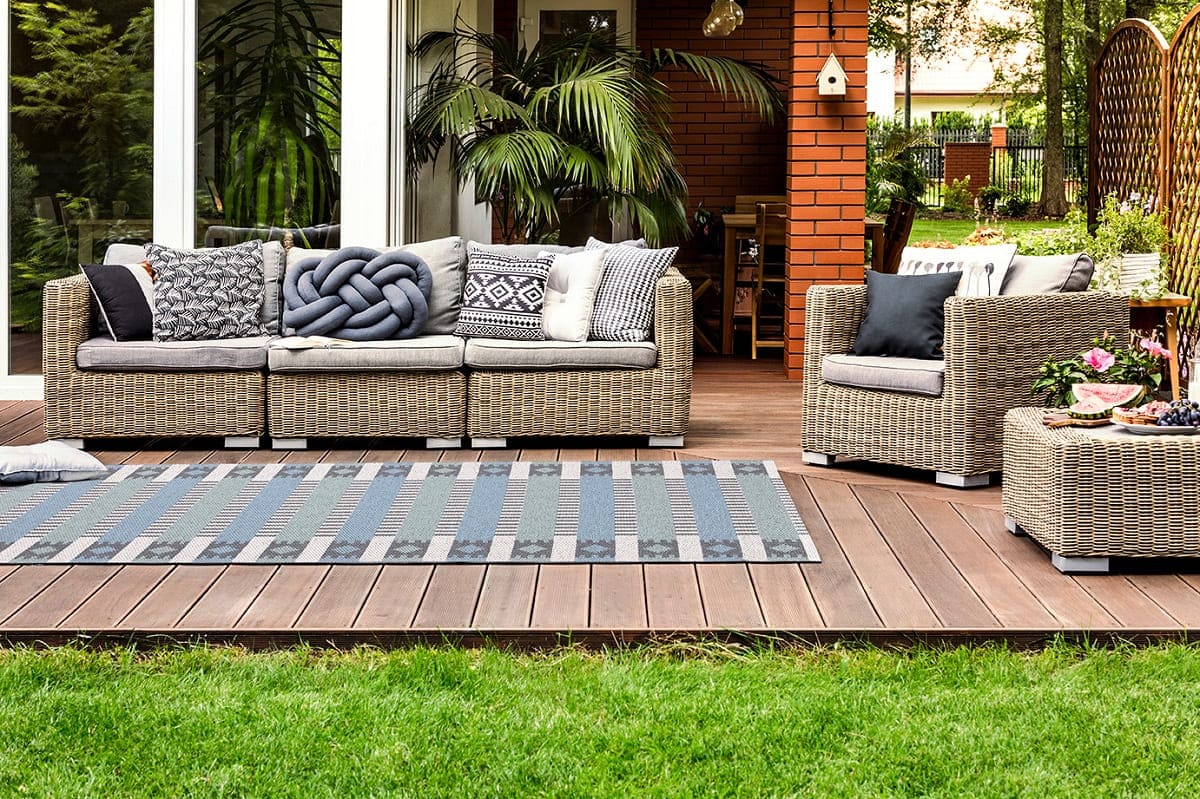
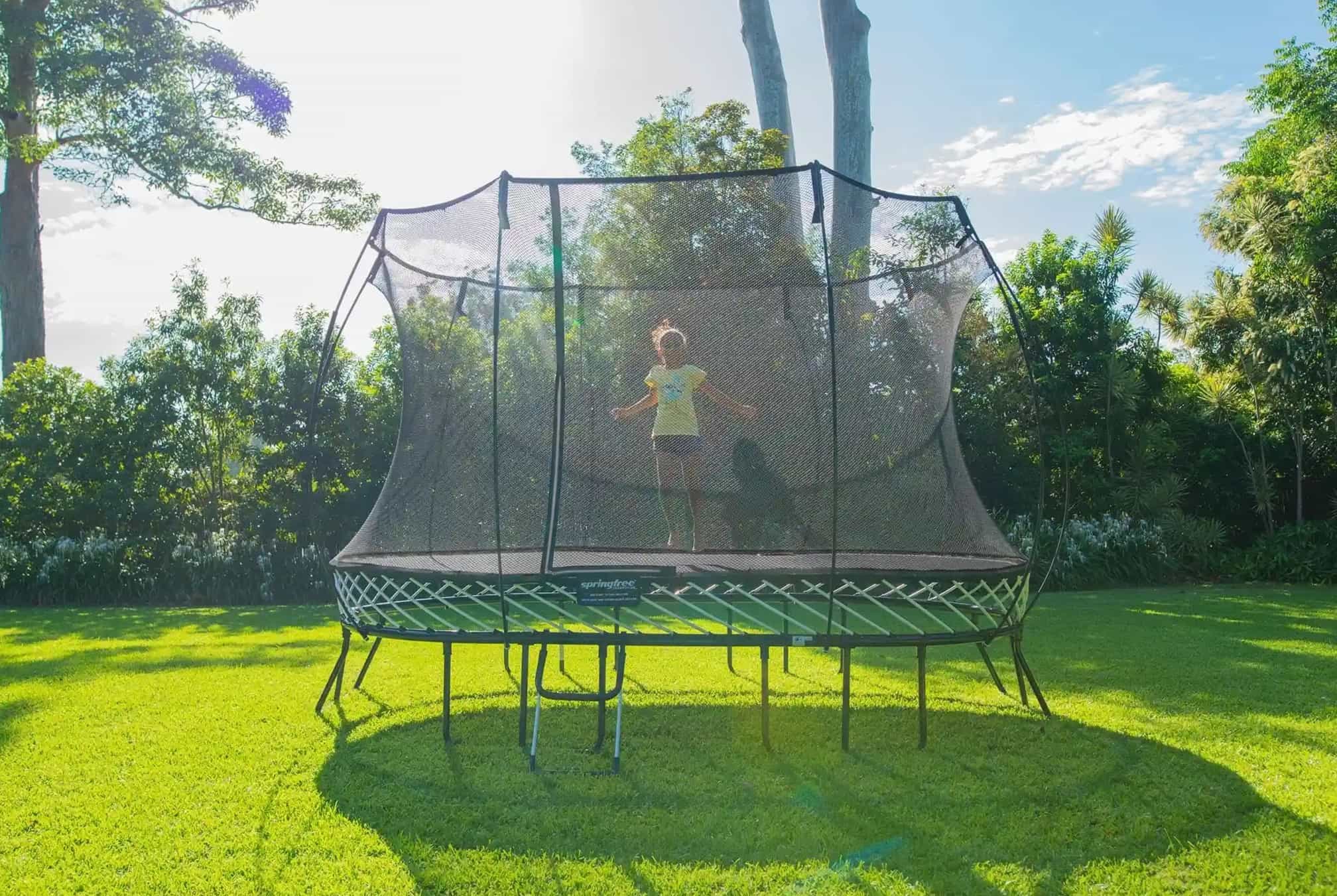
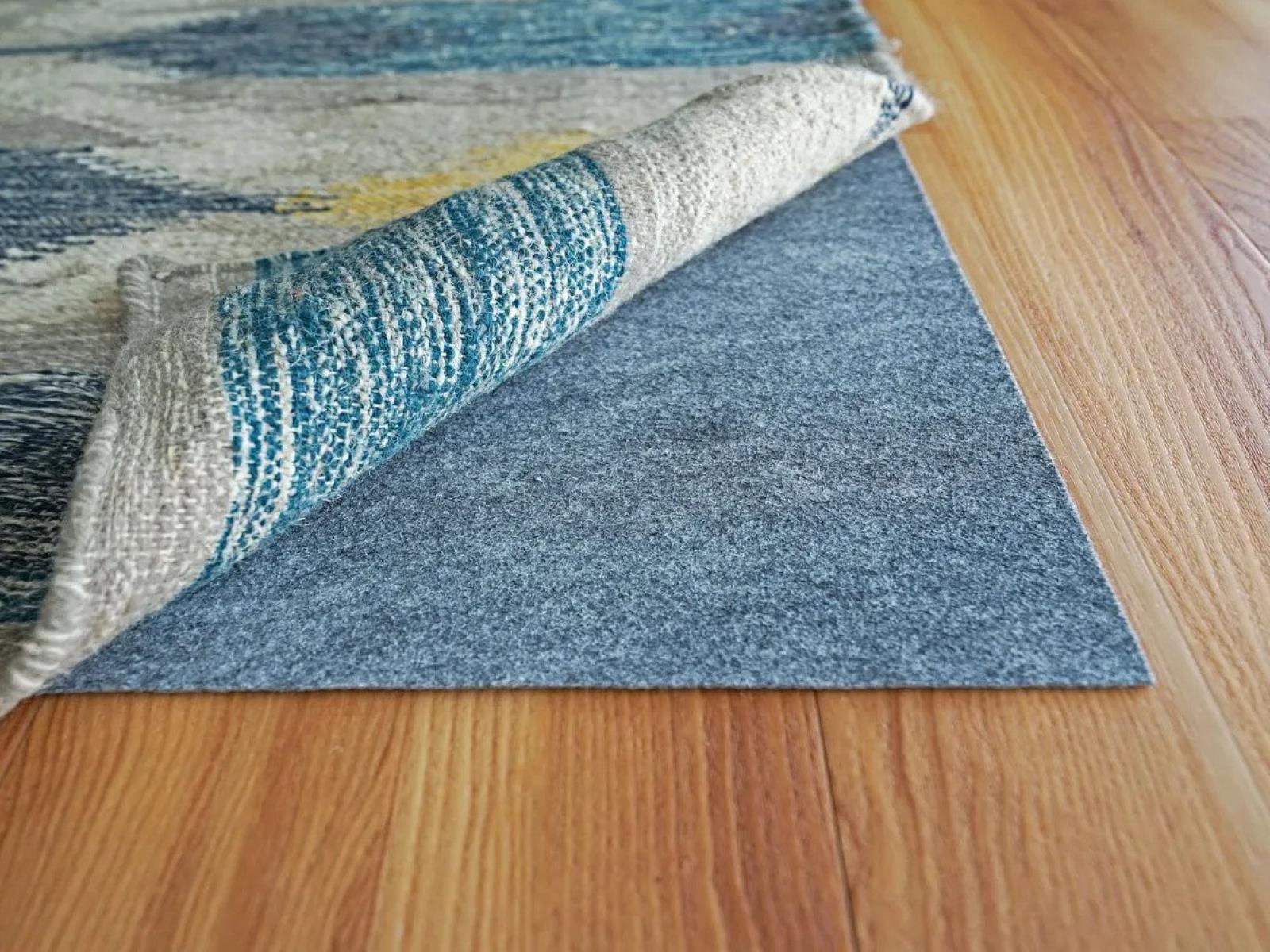
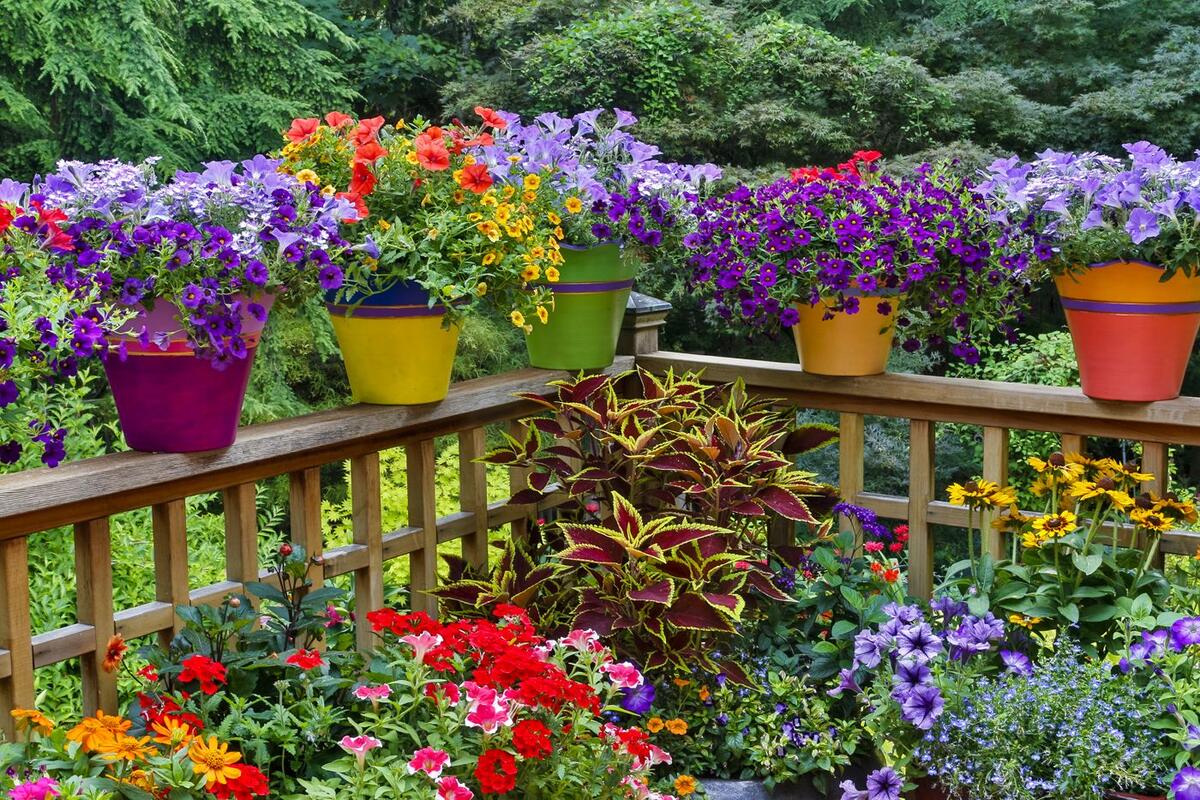
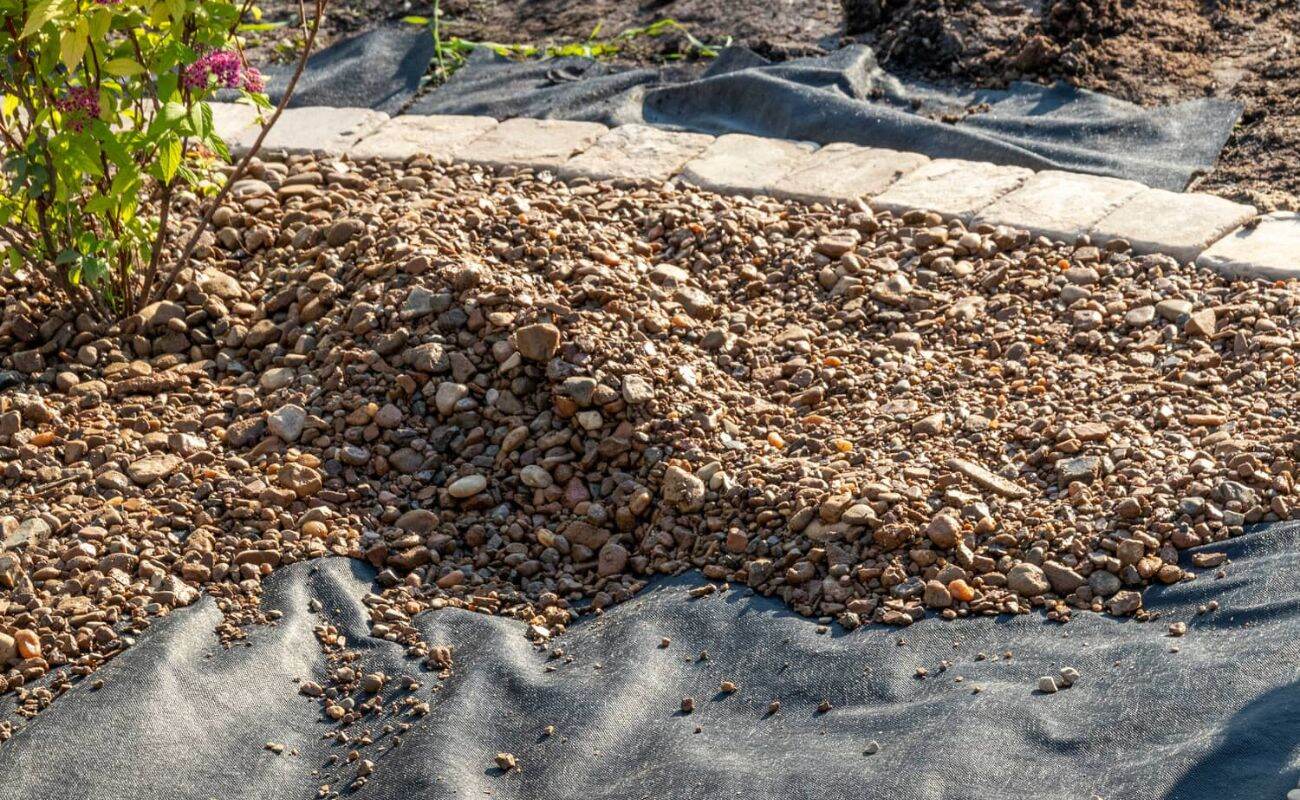
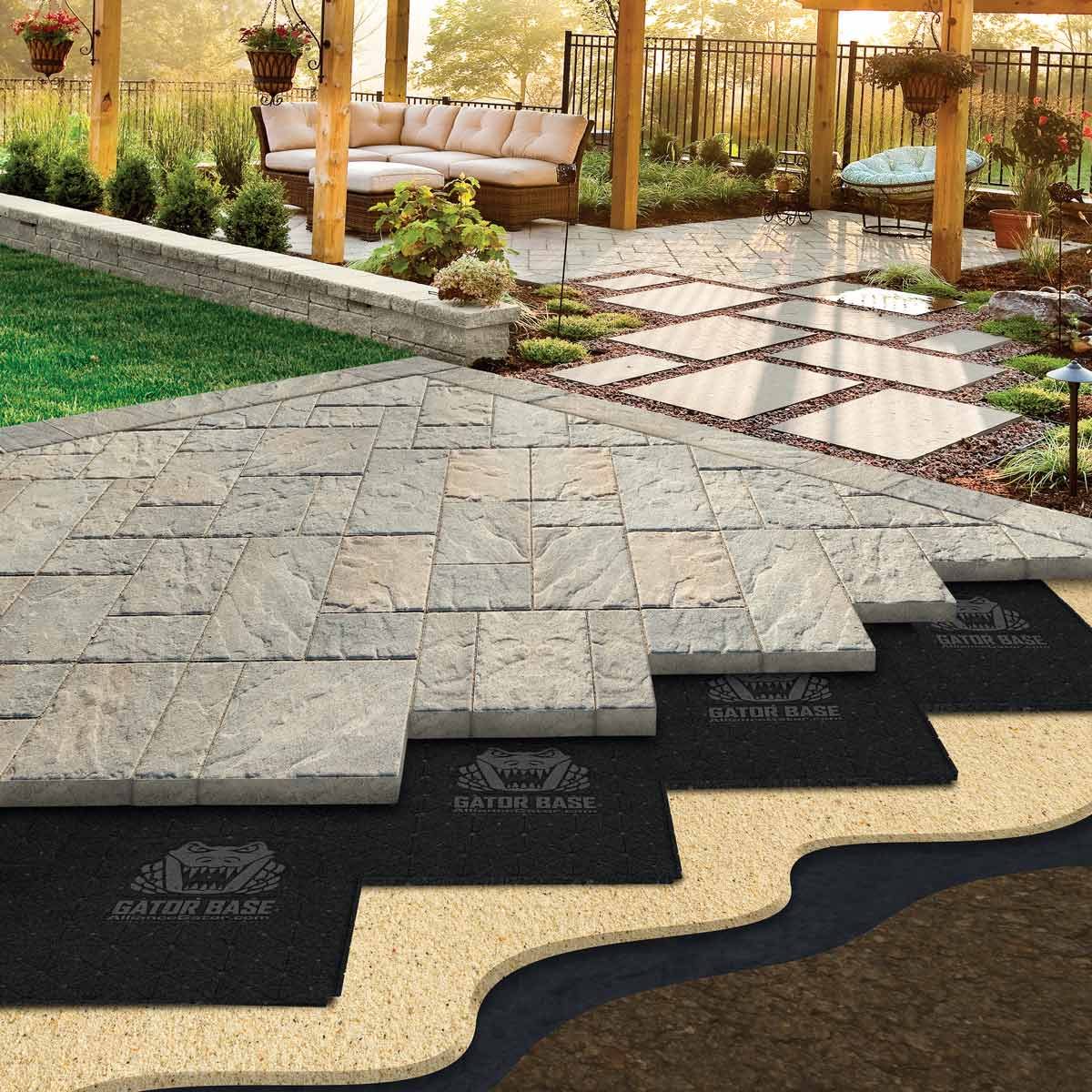
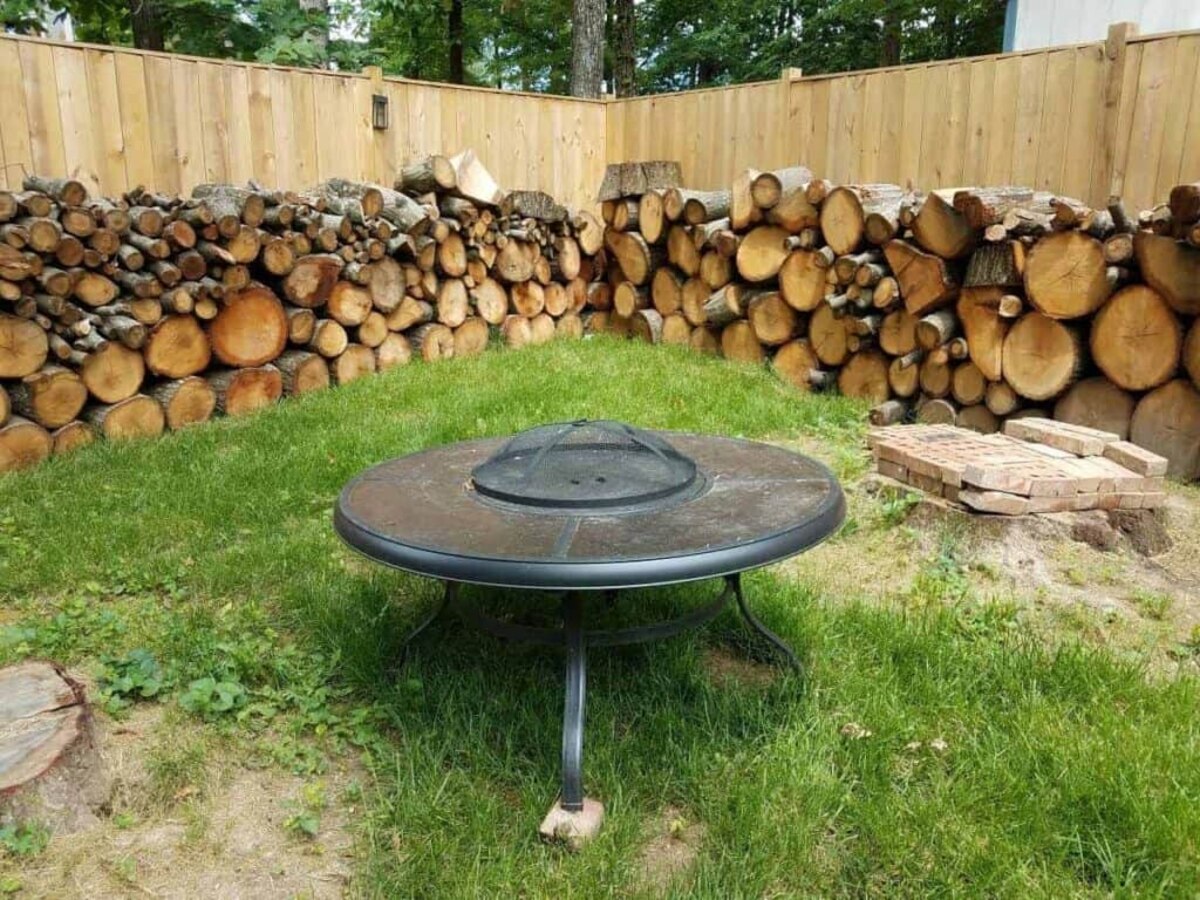
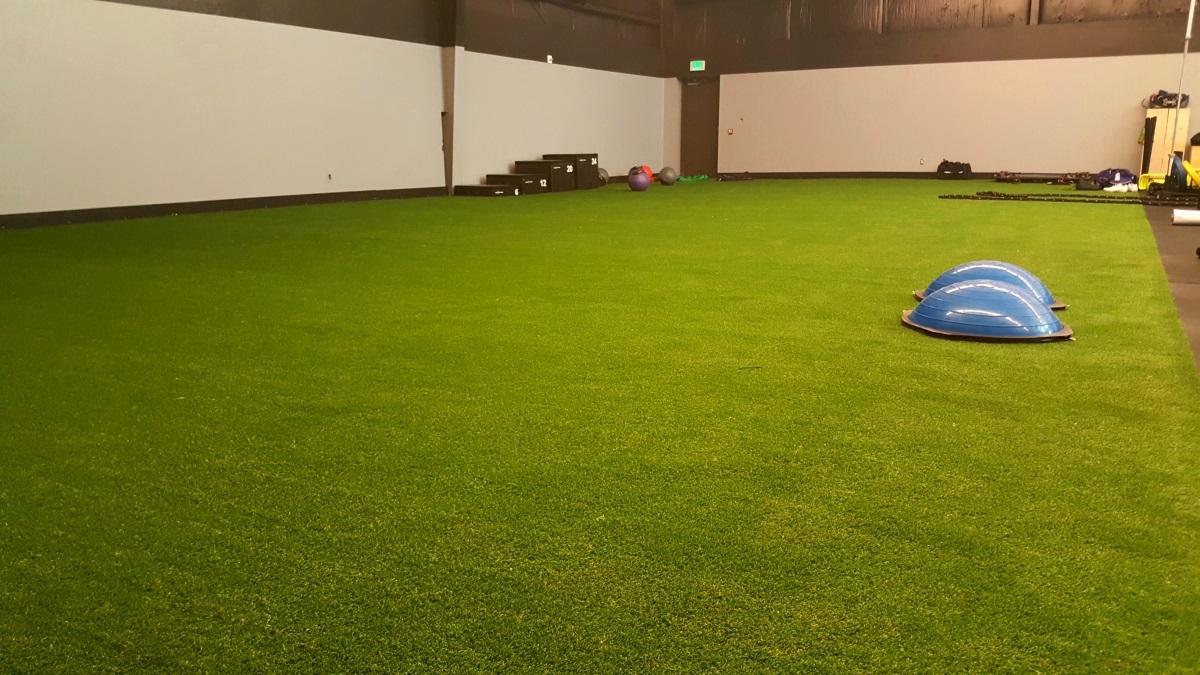
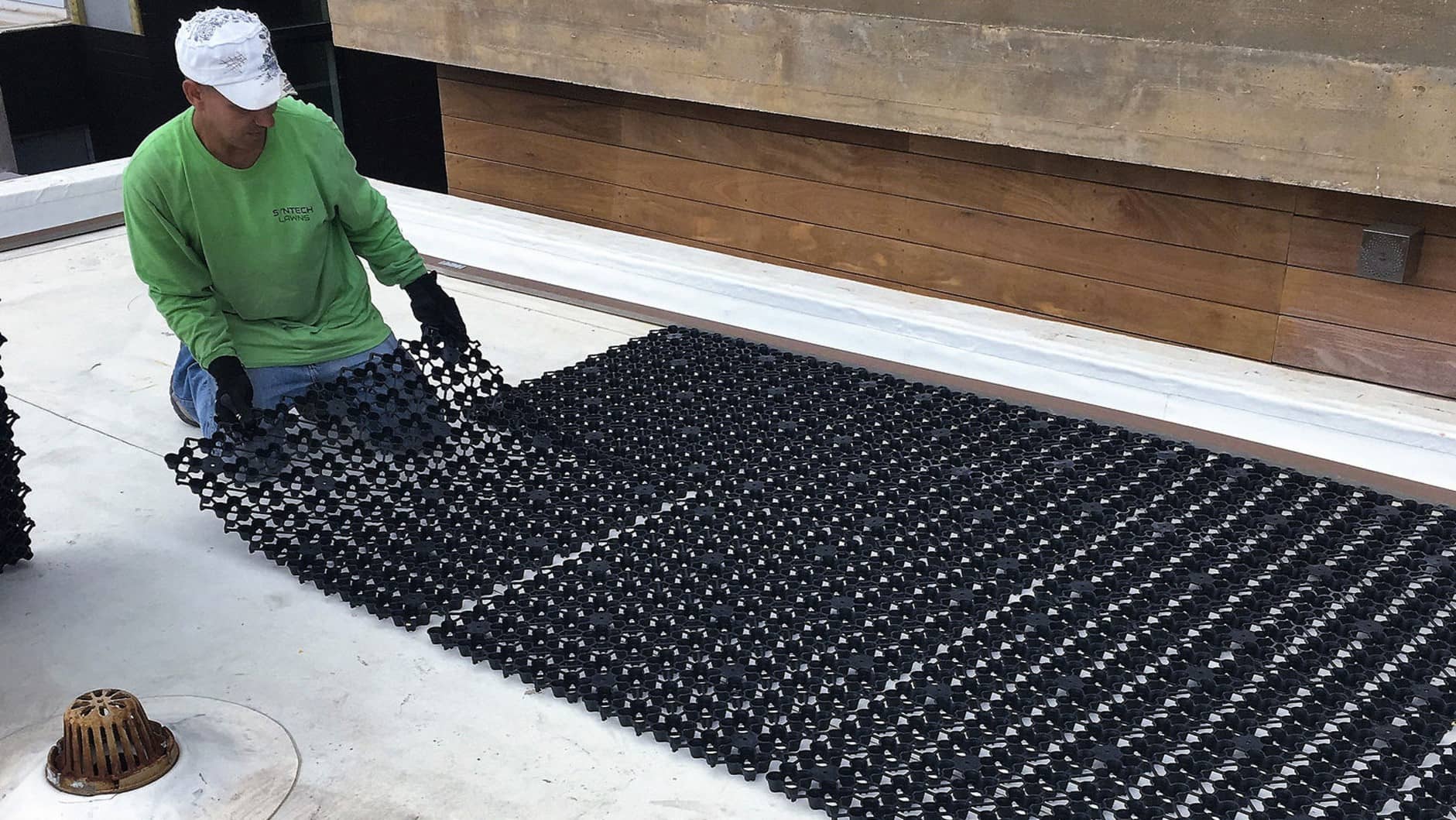
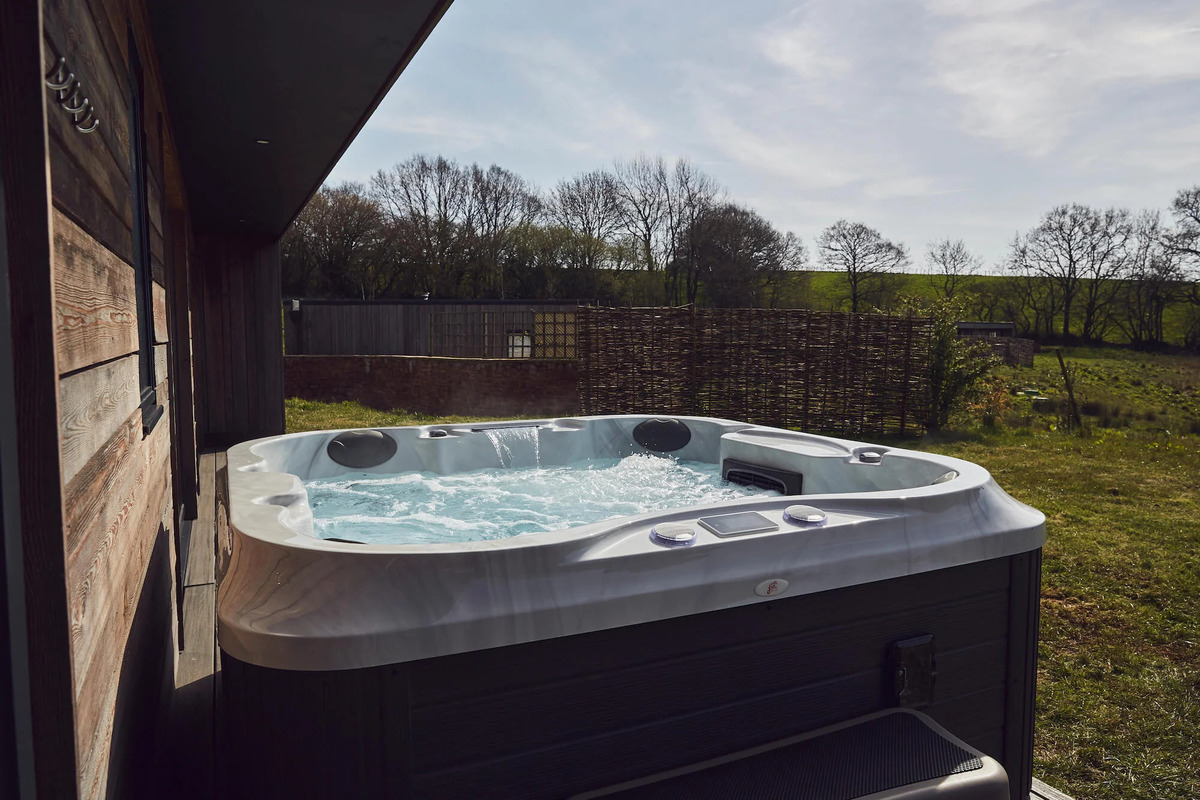
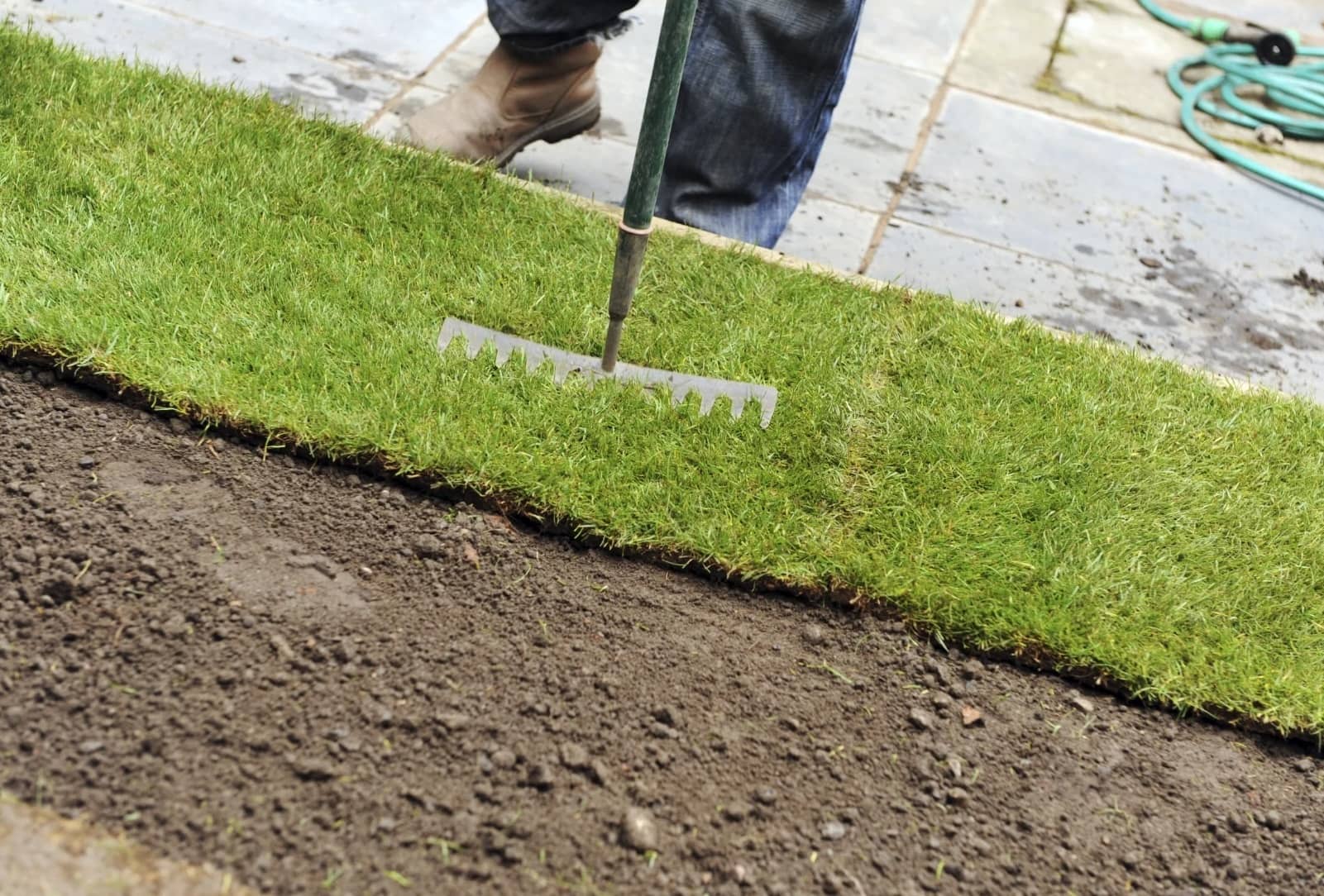
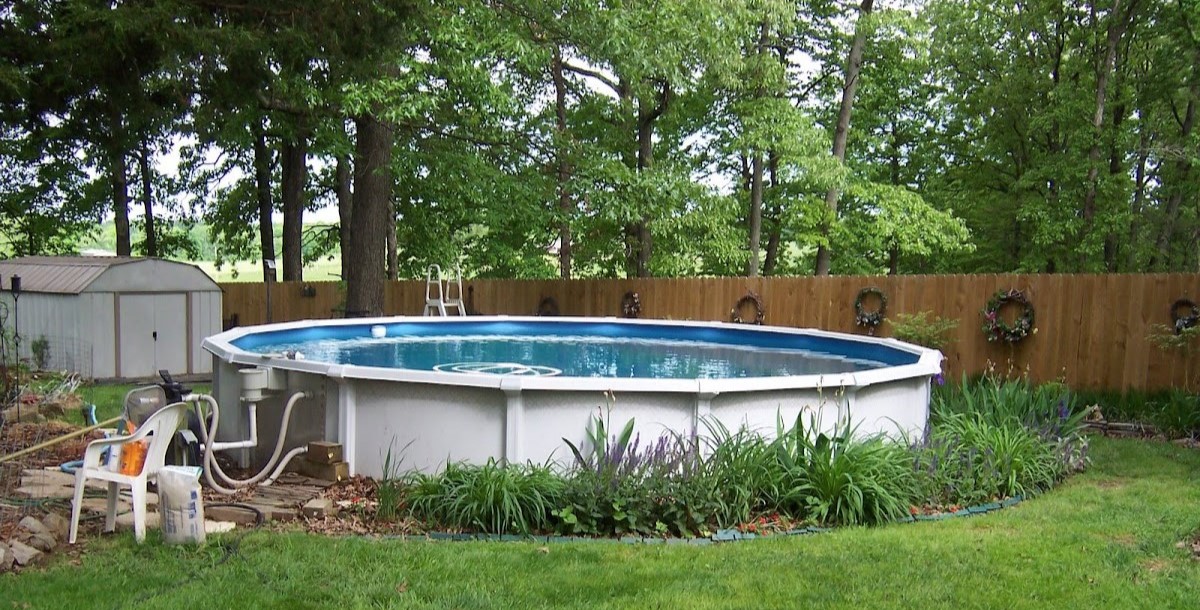

0 thoughts on “What Do You Put Under Fake Grass”